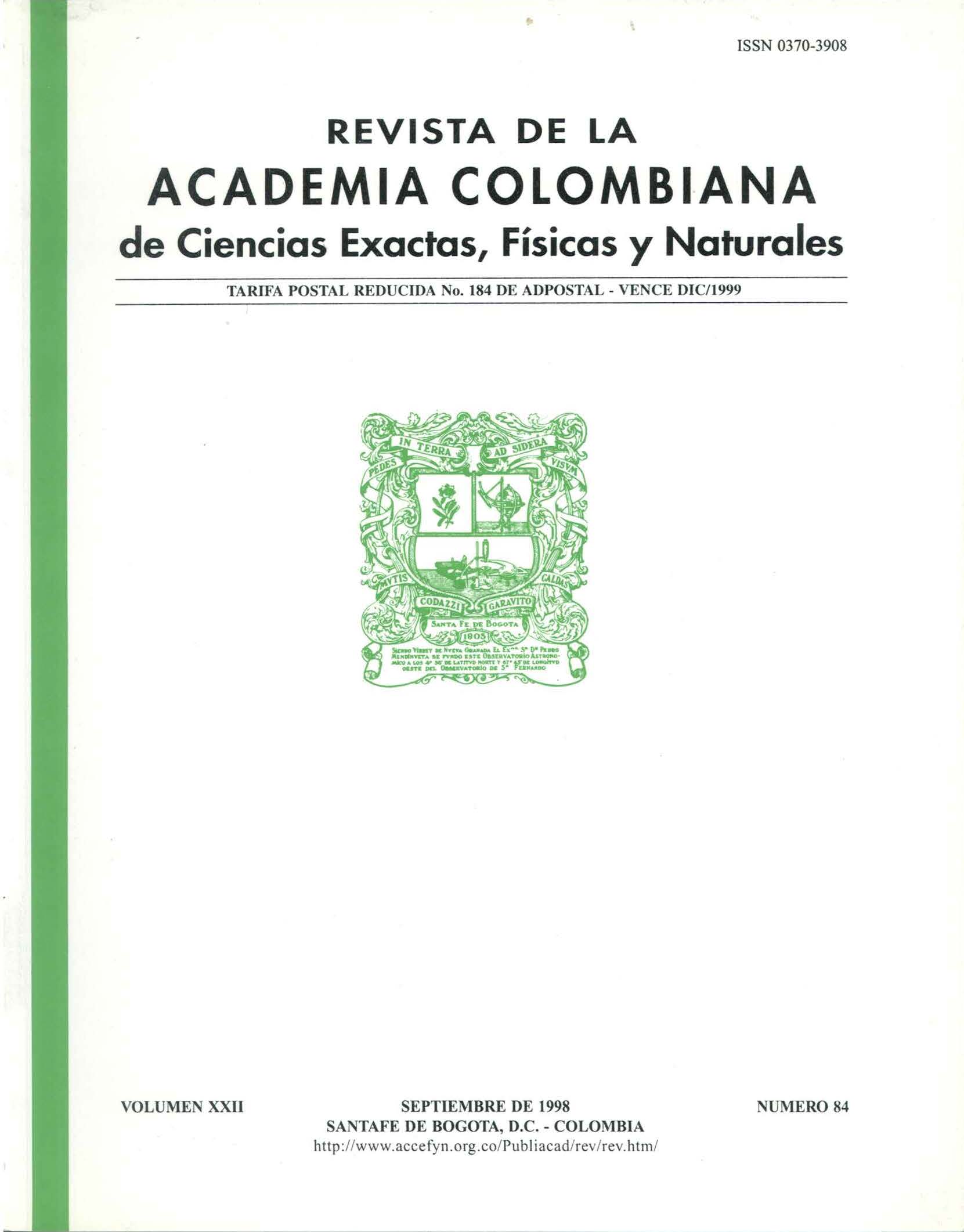Resumen
Se describe el camino seguido desde Euclides hasta Hilbert en la construcción de la geometría como una ciencia teórica. Se indica la intención filosófica, que se encuentra ya clara en Aristóteles, de construir ciencias demostrativas, lo cual condujo necesariamente a la exploración de las proposiciones como elementos constitutivos de un sistema axiomático para la geometría, pasando de lo ontológico a lo lógico. En este proceso tuvieron profunda importancia los intentos de demostración del postulado de las paralelas, que muestran cómo se pasó de la "verdad euclídea" a la "consistencia hilbertiana".
Referencias
Euclides, Elementos de Euclides, Gredos, Madrid, 1991.
Hilbert, D., Fundamentos de la Geometría, C.S.I.C., Madrid, 1952.
Courant, R., & Robbins, H., ¿Qué es la Matemática?, Aguilar, Madrid, 1962. p. 405.
Whiteside, T., Mathematical Papers of I. Newton, Cambridge University Press, 1967.
Bonola, R., Non-Euclidean Geometry, Dover, New York, 1955.
Lobachévsky, Nuovi Principii della Geometría, Lombardo-Radice (ed.), Boringhieri, 1974.
Torretti, R., Philosophy of Geometry from Riemann to Poincaré, Reidel, 1978.
Piaget, J., & García, R., Psicogénesis e Historia de la Ciencia, Siglo XXI, 1982.

Esta obra está bajo una licencia internacional Creative Commons Atribución-NoComercial-SinDerivadas 4.0.

